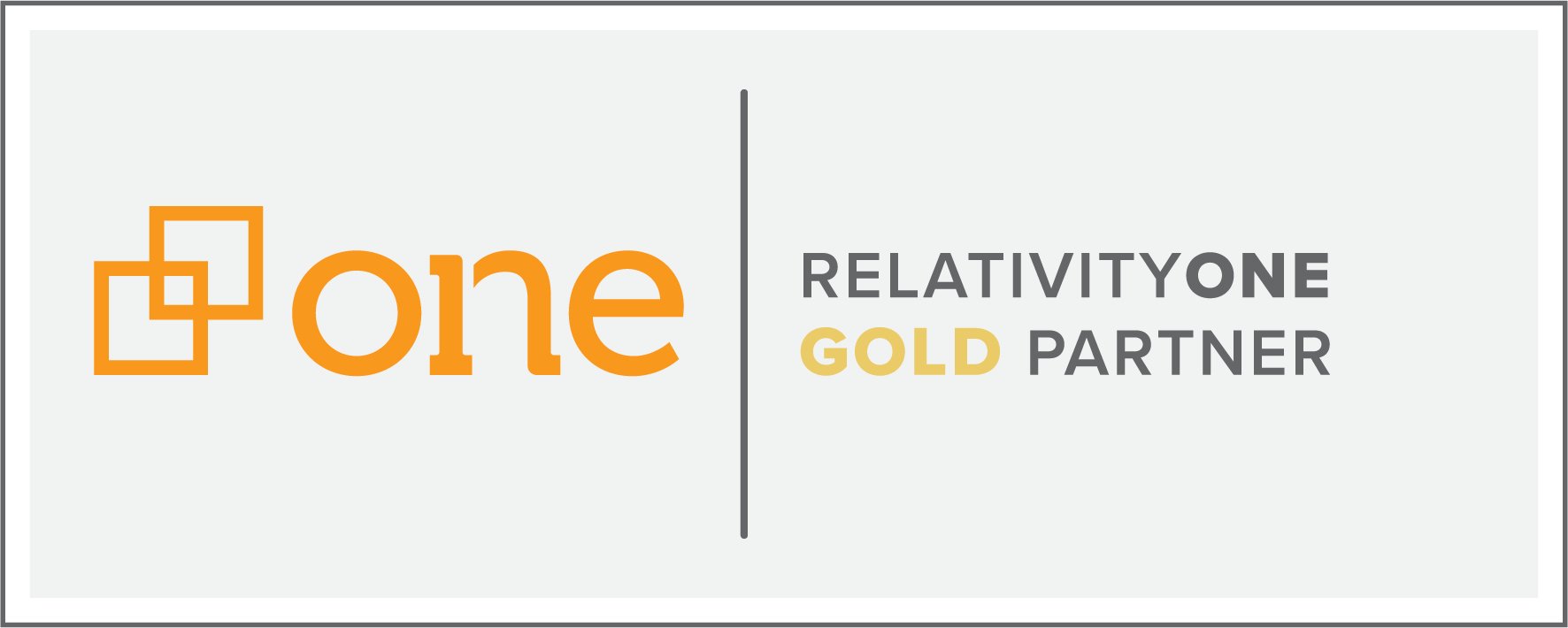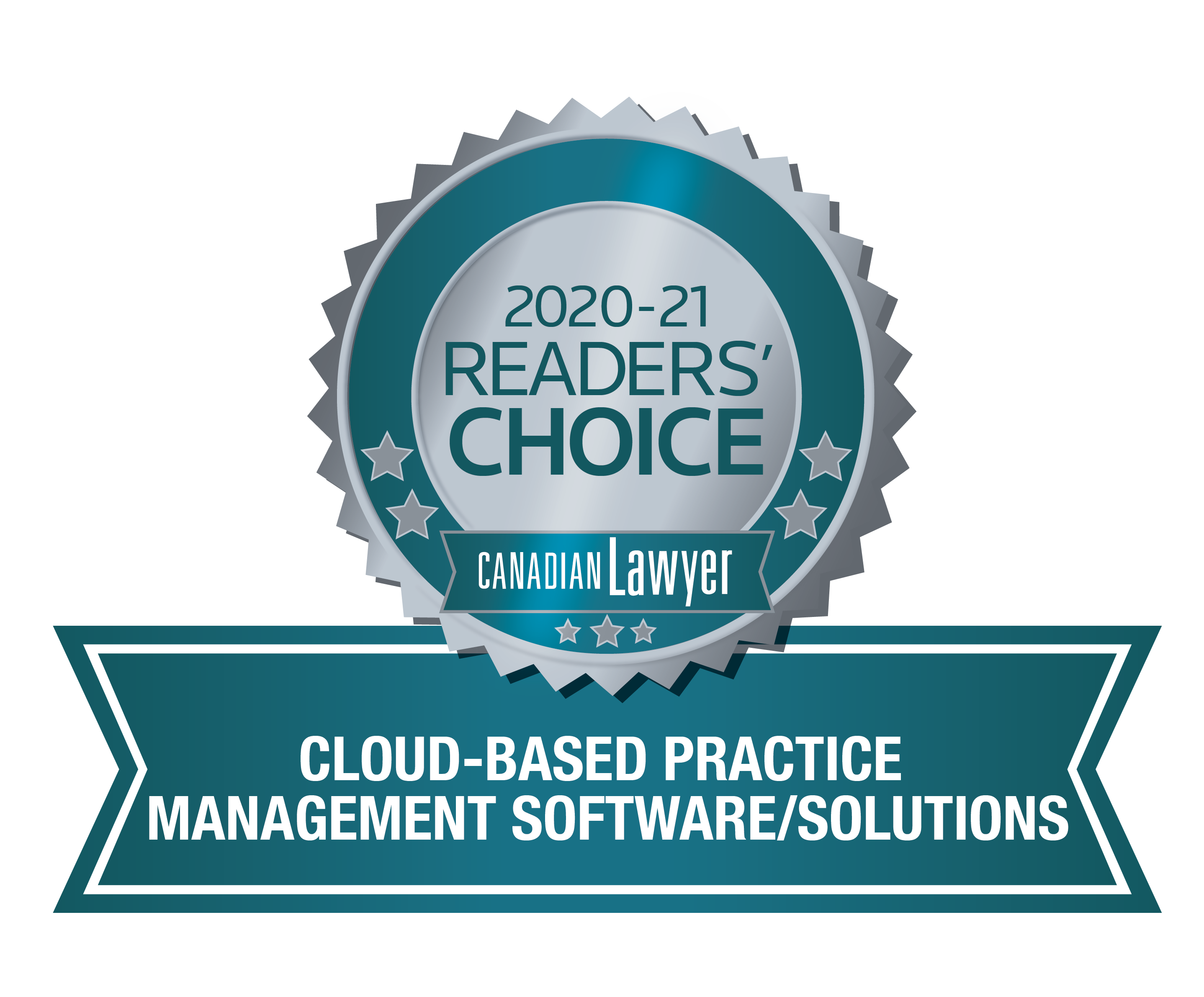
When I started the Canadian Legal Innovation Forum in 2018, the core premise was to map Canada’s legal innovation landscape and its role in driving results: for lawyers, the businesses they work alongside and society as a whole.
One objective stemming from this core premise was to help focus minds on how the legal ecosystem structure is evolving. It is one that is being shaped by external economic drivers, a rapidly changing client base with evolving expectations of value and a more competitive landscape for providers of legal services to contend with. As the world adjusts to a new era of disruption, the need for the legal sector to deliver more effective results through innovative approaches is paramount.
This article will explore the evolving drivers (and attendant risks) in the Canadian litigation landscape and what it means for legal departments, law firms and their third party legal sector service providers.
Macro drivers of disruption in litigation
Litigation and disputes represent a critical area of risk for companies and legal departments. By extension, it represents a key line item in terms of costs for legal departments and a practice area where the application of technology plays a key role in solving problems.
As we live through this latest period of disruption, there are many drivers — both short and long-term — when it comes to litigation risk. Stemming from these myriad risks are filter down effects on how the structure of the litigation ecosystem is evolving. In response, many players are innovating in new ways.
As the economy reels from the impact of Covid-19 and government-sponsored economic supports recede, many sectors and organizations within them are likely to see an acceleration of litigation. For example, the insurance and long-term care sectors are already witnessing the impact. Disputes are arising over business interruption as lawsuits are filed against insurers across the country. And, in response to their management of the ongoing Covid-19 crisis, long-term care homes have also been targeted with large class action lawsuits.
Longer-term risk drivers also persist. Canada’s energy and resource sector faces numerous challenges as it transitions to a new energy economy. In the meantime, litigation risk continues to simmer as climate change becomes an even greater concern. Environmental, Social and Corporate Governance is also concerning legal departments on multiple levels.
What does it mean for legal practitioners?
So what do these macro drivers all mean for Canadian legal practitioners when it comes to disputes and litigation? They break down into three key themes: defining more nuanced approaches to litigation aligned to businesses’ overall strategies, meeting increasing pressures on cost management and legal sector service providers designing new approaches to help legal departments to meet these challenges.
Let’s start with the evolution of legal departments’ requirements. Sophisticated legal departments are now looking through the prism of how litigation risk folds into broader business objectives and not an end to be met by repeating the same litigation strategy each time. This means a definition of first principles when it comes to what a litigation file means for the business based on risk to their overall values and strategy. This framework helps define legal approaches centred on the anticipated risk for the company and on whether to settle or to what extent to fight a case.
The onus lies with law firms and their third-party legal sector service providers to design solutions to help meet a more nuanced approach. Those who embrace innovative approaches with a focus on service delivery combined with their legal expertise will gain a significant edge.
Embracing new approaches
Law firms and their partners are accepting new approaches to address litigation risk alongside legal departments. These centre around using technology to prevent litigation arising in the first place, creative approaches in terms of technical knowhow and strategic implementation when litigation does happen and sharing financial risk.
Applying data and analytics to the review process is one example. These tools enable legal practitioners to harness larger data sets from prior judgements and uncover fact patterns. They can also identify emerging risks in the first place, before they become a problem. As a result, it allows them to extrapolate potential outcomes and develop strategies in a timely and cost-efficient manner. Using these tools allows legal practitioners to better focus their energies in developing and refining litigation strategies earlier and adjust accordingly, develop better legal arguments and show clients (and the businesses they work alongside) value throughout the process.
Another example is an economic one, driven by cost pressures. Law firms are becoming sophisticated in risk sharing arrangements with their clients. Litigation funding is already common in other jurisdictions like the UK, US and Australia (including formal partnerships with law firms) and is now gaining ground in Canada.
Both examples reflect an increasing trend of law firms (and other parties) sharing financial risk with their clients on litigation files.
Welcome innovation and collaboration
As the Canadian litigation landscape becomes more complex, legal practitioners need to welcome collaborative approaches to deliver results. The focus must be on providing expertise and aligning with client needs with a focus on service delivery. Those who embrace innovation, collaboration and technology to help leverage their legal expertise will hold a significant advantage in a competitive and complex legal marketplace.
To learn how legal industry experts are applying their innovative approaches to these disruptors, don't miss the next Canadian Legal Innovation Forum webinar on October 15, 2020.









